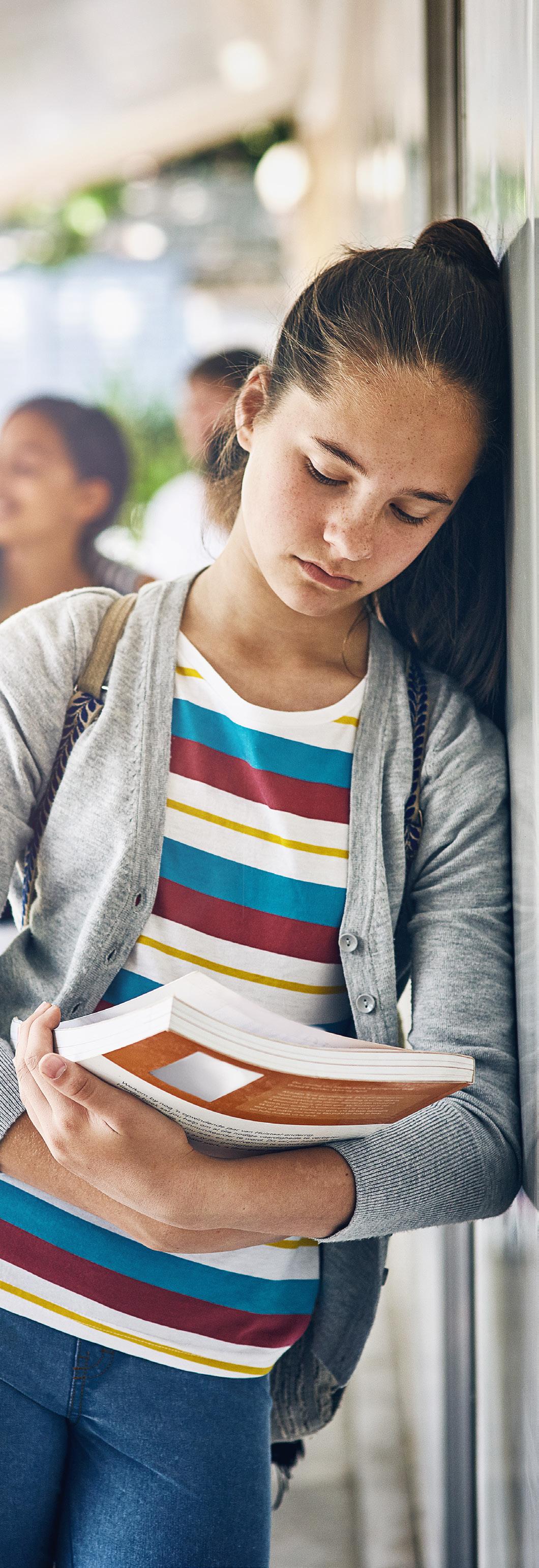






You’re only as old as you feel, so why not feel your best? Embracing a holistic approach to healthy aging involves adopting and maintaining the healthy habits below—the earlier these habits take root, the better off you’ll be!
Do you want to travel to Paris, take up kayaking or simply be able to play with your grandchildren during your golden years? Having a healthy body will make any goal easier to accomplish.
Try to get about 2.5 hours of physical exercise per week (around 20 minutes a day), and incorporate a mix of aerobic, weight-lifting and balance activities.
Engaging in brain-stimulating activities keeps the mind sharp. It’s fine to participate in hobbies you already enjoy, but also be open to trying new things, like learning to play an instrument or speak a different language, to give your brain a boost.
You can also give online brain-training exercises a shot—they may help improve your memory, cognition and creativity.
You’ve accumulated a lifetime’s worth of friends and family members, but when was the last time you got together? Prioritize regularly reaching out to your loved ones. It can be as simple as chatting on the phone once a month or maintaining a weekly meetup for coffee—meaningful interactions don’t have to take much time.
It’s also good to meet new people as you age. Volunteering or taking a class can give you a chance to connect with others interested in the same things you are, allowing you to turn mere acquaintances into forever friends.
Did you know that treating age-related hearing loss is a quality-of-life booster? Hearing aid users report improved communication abilities, better relationships at work and home, more self-confidence and a greater sense of independence.1
By following our healthy habits for aging well, you’ll find more joy and meaning in your life.
1. Carr, K et al. (2022). MarkeTrak—tracking the pulse of the hearing aid market. Seminars in Hearing. https://www.ncbi.nlm.nih.gov/pmc/articles/PMC9715310/

Almost one out of five children has hearing loss by age 18,1 including nearly two out of every 1,000 newborn babies.2 In most cases, hearing issues aren’t discovered in kids until they are at least two years old.
The first two years of a child’s life are hugely important in physical development as well as in forming emotional, learning and communication skills. Because of this, babies with moderate to severe hearing loss often experience major developmental setbacks.
Infant hearing loss is very difficult to detect, which is why many cases go undiagnosed until the child reaches talking age. Symptoms include:
• Not responding to their name
• Not imitating sound
• Not turning their head in the direction of your voice
• Not babbling
The best way to identify and treat hearing loss is to take your child to an audiologist for a hearing screening. Common hearing tests for babies and children include:
Auditory brainstem response (ABR) provides an audiologist with information on a child’s inner ear and the neuronal pathway that connects the ear to the brain. Electrodes are placed on the child’s head to record brain activity in response to sounds.
Otoacoustic emissions (OAE) testing uses a microphone and earphone to calculate an infant’s hearing abilities by measuring the reflection of a sound’s echo as it passes through the ear canal. Otoacoustic emissions are the sounds given off by the inner ear when stimulated by sound.
Tympanometry is a test of the middle ear used to detect fluid, wax buildup, eardrum perforations and tumors. It measures movement of the eardrum in response to air pressure; the results are recorded on a chart called a tympanogram.
Acoustic reflex tests measure involuntary muscle contractions of the middle ear and are used to determine the location of the child’s hearing problem (the ossicles, cochlea, auditory nerve, etc.) as well as the type of hearing loss.
Take advantage of this opportunity to care for your child’s hearing health. Schedule a hearing evaluation today.
1. Lieu, J et al. (2020). Hearing loss in children: a review. JAMA. https://pubmed.ncbi.nlm.nih. gov/33258894/
2. CDC. (2025). Data and statistics about hearing loss in children. https://www.cdc.gov/hearingloss-children/data/index.html
Going on vacation soon? Before you head out, keep these tips in mind to make traveling with your hearing aids a breeze.
When reserving a hotel, request a hearing-accessible room for a more comfortable stay. Hotels must provide rooms with visual notification devices, TDDs and telephone amplifiers for individuals with hearing loss.


Add your daily hearing aid essentials to your suitcase, including your hearing aid case and dryer, a charger for rechargeable devices (with an adapter for international travel), domes and wax guards, extra batteries for nonrechargeable devices and a cleaning kit.
Unless the airport staff tells you otherwise, you can keep your hearing aids on when you go through security. It’s also smart to connect to the airport’s loop system to hear announcements more clearly, sign up for airline text message alerts to stay informed about gate changes or delays and wear your hearing aids on the plane for better communication.
Take advantage of loop systems in subway and bus stations. Preplanning will also help—purchase tickets online and map your route in advance for greater peace of mind.
Have your hearing devices on while driving, reduce distractions by keeping windows up to minimize wind noise and avoid playing loud music. All these steps will help you stay focused so you can arrive safely.
Getting a clean-and-check for your devices before you leave is another way to ensure a hassle-free vacay. Call (301) 738-1415 to schedule one!
